
When Were Backpacks Invented? Unpacking History
Reading Time: about
Ever wondered about the story behind the trusty backpack that accompanies you on every adventure, or the one that dutifully carries your essentials day in and day out?
From ancient explorers to modern-day digital nomads, the humble backpack has journeyed through time, evolving from a simple utility item to an indispensable part of our daily lives.
In this blog post, we unravel the fascinating evolution of backpacks, spotlighting the innovations that transformed them and the cultural shifts that shaped their design.
Join us as we embark on a journey through time, exploring how backpacks became the ultimate companions for adventurers, professionals, and fashion enthusiasts alike.
Whether you're a history buff, a tech enthusiast, or a fashion aficionado, this post promises insights and surprises at every turn.
So, strap in and get ready to discover the extraordinary tale of the backpack – a story of innovation, adaptation, and style.
I. The Genesis of Backpacks: Unraveling the Threads of Time
Hey there, fellow history buffs and curious minds! Ever wondered how the backpack, our go-to companion for almost every adventure, came into existence? Well, buckle up (or should I say, strap in?), because we're about to embark on a time-traveling journey to explore the origins of backpacks. From the icy peaks of the Alps to the ancient sands of Egypt and Mesopotamia, let's uncover the roots of this indispensable part of our daily lives.
1. 3300 BC - A Chilly Start: Discovery of Ötzi the Iceman and His Primitive Backpack in the Alps
Picture this: 1991, the Ötztal Alps, Italy-Austria border. Hikers stumble upon a sight that would make any archaeologist's heart skip a beat - Ötzi the Iceman, a mummy preserved so well, you'd think he was just taking a nap. But it wasn't just Ötzi that caught the world's attention; it was his gear, especially his primitive backpack.
This wasn't your average North Face or Herschel. Ötzi's backpack, crafted from a wooden frame and a network of straps, was simplicity and ingenuity rolled into one. It's like Ötzi was the original backpacker, braving the Alps with nothing but his wits and his trusty pack. This discovery gave us a rare glimpse into the ingenuity of early humans, showing us that the need to carry essentials in a hands-free manner is as old as time itself.
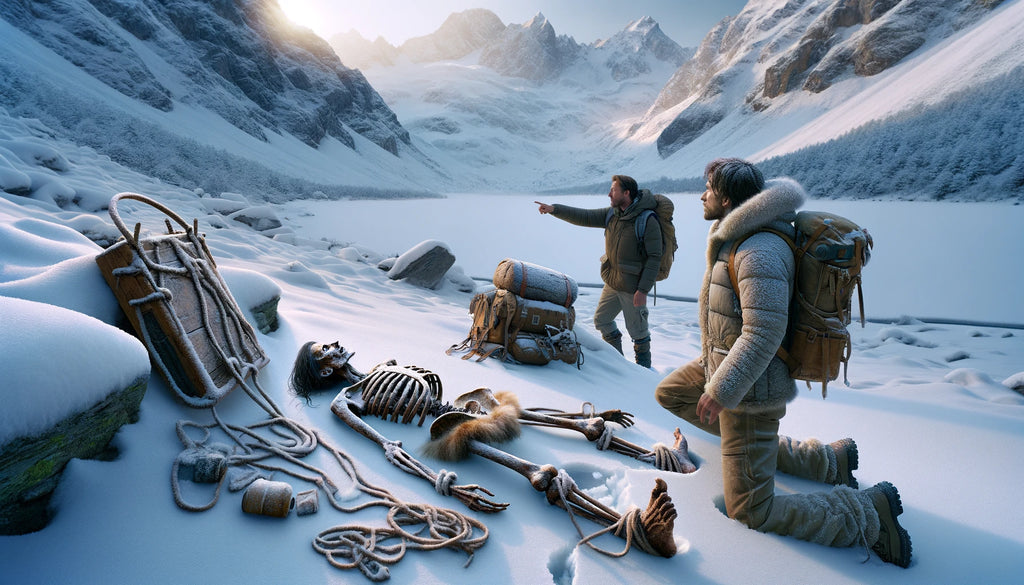
2. Ancient Egypt and Mesopotamia: Use of Animal Skins and Woven Baskets as Early Backpacks
Fast forward a few millennia, and we find ourselves in the cradles of civilization: Egypt and Mesopotamia. Here, backpacks weren't just about survival; they were about thriving. Crafted from animal skins, reeds, and woven fibers, these early backpacks were the Swiss Army knives of their time, used for everything from trading goods to hauling agricultural produce and even in warfare.
Imagine a bustling market in ancient Thebes or a fertile field in Sumer, with people going about their day, their backpacks slung over their shoulders, filled with the day's necessities. These weren't just carrying devices; they were symbols of trade, prosperity, and the interconnectedness of ancient societies.
As civilizations grew, so did their needs and their technologies. The simple carrying methods of yore gave way to more sophisticated designs. Comfort and capacity became the name of the game, with improvements in materials and construction techniques. It's like watching the evolution of the car, but for backpacks.
This period marked the beginning of the backpack's journey from a mere utility item to a sophisticated tool designed to make life easier. It set the stage for the innovations that would follow, leading us to the modern backpacks we know and love today.

II. Medieval Innovations
When we dive into the annals of history to uncover the origins of the backpack, we're not just talking about a bag. We're embarking on a journey through time, tracing the evolution of a concept that has become indispensable in our daily lives. Let's take a closer look at the medieval innovations that paved the way for the modern backpack, shall we?
1. 14th Century: The Emergence of the Word "Backpack" in Medieval Europe
Now, imagine you're strolling through medieval Europe, and you overhear the word "backpack" for the first time. You'd probably do a double-take, right? The term "backpack" began to weave its way into the fabric of European language in the 14th century. It's fascinating to see how the concept of carrying essentials on one's back has evolved linguistically and functionally since then. The word itself has a certain rugged charm, suggesting a blend of utility and adventure that resonates even today.
Design and material innovations weren't exactly headline news back then, but they were certainly happening. Craftsmen began experimenting with leather, canvas, and metal fittings, enhancing the backpack's durability and usability. It's like the medieval version of a tech upgrade. These advancements meant that whether you were a pilgrim, a soldier, or a tradesperson, your backpack was more than just a bag; it was a statement of your social status and occupation.
2. The Pilgrim's Bag: A Staple for Travelers and Pilgrims in Medieval Times
Speaking of pilgrims, let's talk about the pilgrim's bag. This wasn't your average travel accessory. It was a precursor to the modern backpack, crafted with care from materials like cloth and leather. Its design was practical, yet it carried a deeper cultural significance. For travelers and pilgrims, the bag was a faithful companion on long journeys, a container not just for personal items but for hopes and prayers as well.
The pilgrim's bag wasn't just about carrying stuff; it was a symbol of faith and perseverance. Its role in both religious and secular travel underscores its importance in the tapestry of medieval life. And let's not forget its impact on the development of backpacks and personal carrying solutions. The introduction of compartments and closures for better organization and security was a game-changer. It's like the medieval version of discovering pockets in a dress – absolutely revolutionary!
III. The 19th Century - The Birth of the Modern Backpack
As we dive into the fascinating journey of the modern backpack, it's like unearthing a treasure trove of ingenuity and resilience. Imagine, if you will, a time when the concept of carrying essentials on your back was about to undergo a revolutionary transformation. Let's embark on this adventure together, exploring the birth of the modern backpack through the lens of pioneering designs from the 19th century to the early sparks of innovation that set the stage for the backpacks we know and love today.
1. 1877-78: Henry Merriam's Patent of the Knapsack with an External Frame for Military Use
Picture this: the year is 1877, and Henry Merriam, possibly fueled by too many cups of coffee and a eureka moment, patents a design that's about to change the game. He introduces the world to a knapsack with an external frame made of sheet metal. Why, you ask? Well, Merriam was on a mission to distribute weight more evenly across the wearer's back, as he stated about the pack main goals "reducing the number of separate equipments, lessening the weight to be carried, and at the same time disposing it more uniformly, and leaving the body of the soldier freer and less hampered by straps and other fastenings".
Military Adoption and Its Set of Challenges
The US military, always on the lookout for the next best thing, decided to give Merriam's design a whirl. The idea was brilliant on paper: a backpack that could ease the burden of carrying heavy loads. However, as with most pioneering inventions, it wasn't all smooth sailing. The practical challenges, including the comfort level (or lack thereof), led to its limited use. But don't fret; Merriam's legacy was far from over.
The Legacy That Kept on Giving
Merriam's foray into backpack design wasn't in vain. His focus on weight distribution became a cornerstone for future backpack innovations. It's like he passed the baton to the next generation of designers, whispering, "Run with it, and make it better."
2. The Norwegian Influence: Ole Bergan's Invention of the Framed Backpack in 1908, Inspired by a Painful Hunting Trip
Fast forward to 1908, and we meet Ole Bergan, a man whose painful hunting trip would lead to a breakthrough in backpack design. Picture Bergan, returning from his trip, nursing sore shoulders, and thinking, "There has to be a better way." And indeed, there was.
The Birth of a Design
Inspired by his discomfort, Bergan set out to create a more comfortable backpack. He envisioned a backpack with a lightweight, curved wooden frame that hugged the back, a design that was both innovative and ahead of its time. It's as if the backpack was giving you a gentle embrace, saying, "I've got you."
Patent and Production: The Dream Becomes Reality
Bergan's dream didn't end with the design. He patented his creation and established a company that would become a beacon in outdoor gear manufacturing. It's like he was saying, "Welcome to the future of comfortable backpacking."
Revolutionizing Outdoor Recreation
Bergan's backpack wasn't just a hit; it was a revolution. It made carrying heavy loads over long distances more comfortable and accessible, transforming outdoor activities. Suddenly, hiking and backpacking weren't just for the rugged few; they were for everyone who wanted to explore the great outdoors without feeling like they were carrying a small boulder on their back.
As we look back on these milestones, it's clear that the journey of the modern backpack is a testament to human creativity and the relentless pursuit of improvement. Whether you're a seasoned hiker, a student with a penchant for history, or someone who appreciates the art of design, there's no denying the impact these innovations have had on our lives.
IV. The 20th Century: A Century of Evolution
As we delve into the rich tapestry of the 20th century and its monumental contributions to the evolution of the backpack, it's fascinating to see how a simple concept of carrying essentials on our back has transformed through innovation, design, and cultural shifts. Let's embark on this journey together, exploring the milestones that have shaped the backpacks we know and love today.
1. 1920s: Lloyd F. Nelson's Development of the Trapper Nelson, the First Mass-Produced Backpack in the US
In the roaring 1920s, while jazz was taking the world by storm, Lloyd F. Nelson introduced the Trapper Nelson backpack, marking the first mass-produced backpack in the US. Imagine, if you will, the rigid frame design of the Trapper Nelson. It was like the flapper dress of backpacks – revolutionary, bold, and a sign of changing times. The use of canvas as a durable material was a game-changer, ensuring that your backpack could withstand the rigors of outdoor adventures or simply carrying your books to school.
The commercial success of the Trapper Nelson was nothing short of a backpack bonanza. It signaled a significant shift towards the recreational use of backpacks, making it a staple for outdoor enthusiasts across the country. Its cultural significance cannot be overstated – the Trapper Nelson played a pivotal role in popularizing backpacking and hiking as leisure activities. It was the backpack that said, "Let's take the path less traveled, but make sure we can carry our snacks comfortably."
2. 1938: Gerry Cunningham Introduces the Zippered Backpack, Revolutionizing Access and Security
Fast forward to 1938, and Gerry Cunningham decided it was time to revolutionize backpack access and security. Enter the zippered backpack. This wasn't just any zipper; it was the zipper that changed the game. Suddenly, accessing your gear was as easy as pie, and the added security meant you could hike, climb, or travel without worrying about your belongings spilling out at an inopportune moment.
Cunningham's design catered perfectly to the needs of climbers and outdoor enthusiasts, making the backpack an essential piece of gear for various activities. The legacy of the zippered backpack is profound, influencing future designs and moving towards more user-friendly and secure backpacks for both recreational and everyday use. It was the backpack that whispered, "Go ahead, climb that mountain. I've got your back."
3. 1952: Dick and Nena Kelty: The Dynamic Duo of Backpack Design
In 1952, Dick and Nena Kelty decided that leftover military parachute material and wool carpeting were not just scraps – they were treasures waiting to be transformed into modern backpacks. Their innovative use of materials led to the creation of lightweight yet durable backpacks that could accompany you on any adventure.
The design features of the Kelty backpacks were nothing short of revolutionary. The introduction of a padded waist belt, external aluminum frames, and shoulder straps made from wool carpeting for added comfort represented a significant departure from previous backpack models. It set new standards for comfort and load distribution in backpack design, making it the backpack that dared to say, "Comfort is king."
The commercial success and expansion of Kelty Pack, Inc. highlighted the brand's rapid growth and its role in popularizing backpacking as a recreational activity. Their marketing strategies and product innovations had a lasting impact on the outdoor gear market and backpacking culture, making the Kelty backpack synonymous with the adventure lifestyle of the 1950s and 1960s.
The cultural significance and legacy of the Kelty backpacks are undeniable. They cemented their place as pioneers in the outdoor equipment industry, inspiring future generations to explore the great outdoors with a reliable backpack by their side. It was the backpack that roared, "Adventure awaits, and we're ready for it."
As we look back on these milestones, it's clear that the evolution of the backpack in the 20th century was driven by a blend of innovation, practicality, and a deep understanding of the adventurer's needs. Whether you're a seasoned hiker, a student, or someone who appreciates the convenience and style of a good backpack, we owe a debt of gratitude to the visionaries who transformed the humble backpack into an essential part of our lives.
V. The Digital Age and Backpacks
1. Technological Advancements and Eco-conscious Designs
In the whirlwind of the digital age, where our lives are intertwined with gadgets galore, backpacks have evolved from mere storage solutions to tech-savvy companions. Let's dive into how these humble carriers have adapted to our modern needs, ensuring we're powered up and environmentally conscious, all while keeping our style game strong.
The Rise of Smart Backpacks: More Than Just a Space to Stuff Your Gym Socks
Remember the early 2000s? Y2K fears had just subsided, and we were all marveling at our Nokia 3310s. Little did we know, a revolution was brewing in the world of backpacks. Enter the era of smart backpacks, equipped with built-in charging ports and solar panels. Suddenly, finding a dead phone in your backpack became a problem of the past.
Innovation Meets Utility: The genius behind smart backpacks lies in their seamless integration of technology with everyday utility. Imagine you're exploring the cobblestone streets of Rome, and your phone dies. No map, no language translation app. Panic mode? Not if your backpack can charge your phone on the go! These backpacks have become our lifeline, ensuring we're never more than a USB port away from full battery life.
Impact on Consumer Behavior: We've become so accustomed to being connected 24/7 that the mere thought of our devices running out of juice induces anxiety. Smart backpacks have changed the game, allowing us to travel, commute, and explore without the fear of disconnection. It's like having a portable power station on your back – minus the weight, of course.
Market Response and Evolution: The market's response to smart backpacks was akin to a standing ovation. Consumers loved the idea, and manufacturers were quick to innovate, adding features like anti-theft designs and waterproof materials. The smart backpack market has become a playground of innovation, with each new model outsmarting the last.
Embracing the Green Movement: Backpacks Go Eco-Chic
As we've grown more attached to our planet (it's the only one with chocolate, after all), the demand for sustainable products has skyrocketed. Backpack manufacturers took note, steering towards eco-friendly materials like recycled plastics and organic cotton. Who knew that the bottle you recycled last week could end up carrying your laptop?
Sustainability in Design: The shift towards using sustainable materials in backpack manufacturing isn't just a trend; it's a movement. By opting for recycled plastics, we're giving a second life to materials that would otherwise clog our oceans and landfills. And organic cotton? It's like giving the earth a hug every time you sling your backpack over your shoulder.
Consumer Awareness and Demand: Today's consumers are savvy; they want products that reflect their values. The demand for eco-friendly backpacks has surged, with more of us wanting to contribute to a healthier planet. It's a win-win: we get stylish, durable backpacks, and Mother Earth gets a breather.
Brands Leading the Change: Several trailblazing brands have stepped up, proving that sustainability and style can go hand in hand. These pioneers in eco-conscious backpack design are not just making a statement; they're setting the standard for the industry. From using recycled ocean plastic to ensuring fair labor practices, these brands are showing the world that fashion can be both beautiful and benevolent.
In conclusion, as we march forward into the future, our backpacks are doing more than just carrying our essentials. They're charging our devices, saving the planet, and making a fashion statement, all at the same time. So, the next time you're in the market for a new backpack, remember: it's not just about storage space. It's about staying connected, being environmentally responsible, and, of course, looking good while doing it.
2. Backpacks as Fashion Statements
In the ever-evolving world of fashion, backpacks have made a remarkable journey from being mere utility items to becoming iconic symbols of style and luxury. As someone deeply entrenched in the nuances of fashion trends and their impact on consumer choices, I've observed this transformation firsthand. Let's dive into how backpacks have become an indispensable accessory in the luxury fashion domain, and how celebrities and social media have played pivotal roles in this metamorphosis.
a. 1980s to Present: The Transformation of Backpacks into Fashion Icons with Brands like Prada and Louis Vuitton Entering the Market
From Utility to Luxury
Remember the days when backpacks were just something you slung over your shoulder, filled with books or gear for a hike? Well, those days are long gone. Enter the 1980s, and brands like Prada and Louis Vuitton decided that backpacks weren't just for carrying stuff; they were fashion statements. These high-end brands redefined backpack design, turning them from practical gear into luxury fashion items. It's fascinating to see how materials like premium leather, innovative designs, and brand logos have transformed the humble backpack into a must-have accessory for the fashion-forward crowd.
The Role of Design and Materials
Let's talk about what makes these luxury backpacks so irresistible. It's not just the brand name that's stitched or embossed onto the fabric; it's the meticulous attention to design and the choice of materials. High-quality leather that ages like fine wine, hardware that's more jewelry than functional, and unique designs that scream 'look at me' – these elements contribute to the luxury appeal of fashion-forward backpacks. It's like wearing a piece of art on your back!
Market Expansion and Consumer Reception
The market for luxury backpacks has exploded, and consumer reception has been overwhelmingly positive. It's not just about carrying your essentials anymore; it's about making a statement. The expansion of this market segment has influenced broader fashion trends, with backpacks becoming a staple in runway shows and street fashion alike. It's a testament to how versatile and adaptable fashion can be, with backpacks now catering to a wide range of styles and preferences.
b. Celebrity Influence: Famous Personalities and Their Impact on Backpack Trends
Celebrities – they're just like us, but with better backpacks! It's incredible how a photo of a celebrity sporting a stylish backpack can send waves through the fashion world. These trendsetters have the power to influence what we consider fashionable, with their endorsements often leading to a surge in popularity and sales for certain backpack models. It's not just about the backpack; it's about the lifestyle it represents.
Collaborations and Endorsements
The collaboration between backpack brands and celebrities or fashion influencers is a match made in heaven. These partnerships have shaped trends and consumer preferences, creating buzz and excitement around new releases. It's a win-win: brands get the star power, and celebrities get to flaunt the latest in backpack chic. Some of these collaborations have resulted in truly unique and sought-after pieces that blend the influencer's style with the brand's signature design elements.
The Social Media Effect
Ah, social media – where trends are born and die in the blink of an eye. Platforms like Instagram and fashion blogs have become the new runways, showcasing the latest in backpack fashion. The influence of social media cannot be overstated, with influencers and fashion bloggers playing a crucial role in amplifying trends. A well-timed post can make a backpack model go viral, proving that in the digital age, visibility is everything.
In conclusion, the transformation of backpacks into fashion icons is a fascinating tale of innovation, celebrity influence, and social media savvy. As we look to the future, it's clear that backpacks will continue to evolve, blurring the lines between practicality and luxury. Whether you're a fashion enthusiast or simply looking for your next statement piece, the world of luxury backpacks offers endless possibilities. Just remember, choosing the right backpack is not just about making a fashion statement; it's about expressing your unique style and personality. So go ahead, find that perfect backpack that speaks to you, and wear it with pride!
VI. Specialized Backpacks: Beyond the Basics
As someone who's spent a fair bit of time navigating the great outdoors and the urban jungle alike, I've come to appreciate the humble backpack not just as a carryall, but as a trusty companion. Whether you're scaling a mountain or navigating the daily commute, the right backpack can make all the difference. Let's dive into the world of specialized backpacks, where functionality meets innovation, and discover how these essential pieces of gear have evolved to meet the needs of adventurers and professionals alike.
1. For the Adventurers: The Evolution of Hiking Backpacks
Remember the days when hiking backpacks were bulky, cumbersome things that seemed to pull you backward rather than propel you forward on your trail? Well, those days are long gone, thanks to the evolution from external to internal frames. This shift wasn't just about changing the look of backpacks; it was about enhancing comfort and improving weight distribution, making our treks more enjoyable.
Historical Overview
The journey from external to internal frames is a tale of innovation driven by the quest for better balance and comfort. Initially, external frames were the go-to for their simplicity and ability to carry heavy loads. However, they often felt like carrying a small tree on your back – not exactly the epitome of comfort.
Design Innovations
Enter the era of internal frames. Designers started experimenting with lightweight materials and shapes that hugged the body. It was a game-changer. These backpacks felt like a part of you, moving with you rather than against you. The use of aluminum and later, even lighter materials, along with padded straps and waist belts, meant you could carry your gear without feeling like you were being punished for wanting to explore the great outdoors.
Impact on Outdoor Recreation
This evolution has made hiking more accessible and enjoyable for everyone. Long gone are the days of dreading putting on your pack at the start of a trail. Now, we can focus on the beauty around us, the thrill of the climb, and the joy of reaching the summit.
2. For the Professionals: The Rise of Laptop and Camera Backpacks
In our digital age, professionals are as likely to need a backpack for their tech as outdoor enthusiasts are for their gear. The rise of laptop and camera backpacks tailored for professionals has been a testament to the backpack's versatility and enduring relevance.
Meeting Professional Needs
We've all been there – trying to fit a laptop into a backpack not designed for it, cushioning it with sweaters, and hoping for the best. Thankfully, those days are behind us. Modern professional backpacks come with padded compartments, secure fastenings, and even waterproofing to protect our electronic lifelines. Whether you're a photographer needing quick access to your camera or a freelancer hopping from café to café, there's a backpack designed with your needs in mind.
Ergonomics and Accessibility
But it's not just about protection; it's also about comfort and accessibility. Ergonomic designs ensure that carrying your mobile office doesn't lead to a visit to the chiropractor. Adjustable straps, strategic padding, and weight distribution systems mean that even a fully loaded backpack can be carried comfortably.
Trends and Innovations
And let's not forget the cool factor. With modular designs, built-in USB ports, and smart compartments, these backpacks are as much a statement of tech-savviness as they are a practical necessity. They've become a symbol of the modern professional – adaptable, tech-forward, and always on the move.
So, whether you're gearing up for a wilderness adventure or preparing for a day of mobile work, remember that choosing the right backpack can make all the difference. It's not just about carrying your stuff; it's about supporting your journey, wherever it may lead. And who knows? With the way things are going, our backpacks might just start carrying us one day. Now, wouldn't that be something?
3. Innovations That Changed the Game
In the world of backpacks, a couple of innovations have truly changed the game, making our outdoor adventures more comfortable and our sports activities more hydrated. Let's dive into these groundbreaking developments, shall we?
a. Greg Lowe and the Birth of the Internal Frame Backpack (1967)
Imagine carrying a bulky, awkward backpack on a hike, where every step feels like you're wrestling with a stubborn mule determined to go the opposite direction. Not fun, right? Well, that was the reality before 1967, when Greg Lowe, possibly tired of doing the backpack tango, introduced the world to the internal frame backpack.
Innovation Breakthrough: Greg's genius lay in creating a backpack that hugged the body, distributing weight evenly and making the load feel like a part of you rather than a cumbersome add-on. This was a game-changer for hikers, climbers, and anyone who'd rather not engage in a constant battle with their gear.
Technological Advancements: Lowe didn't stop at just any internal frame; he added side compression straps and a sternum strap, ensuring that backpacks could be adjusted for a snug fit, minimizing movement and improving balance. These features might sound standard now, but back in the day, they were as revolutionary as the idea of putting wheels on luggage.
Legacy and Influence: Greg Lowe's contribution to backpack design set new standards for comfort and efficiency, influencing not just outdoor enthusiasts but the entire backpack industry. Today, the principles he introduced are foundational in backpack design, proving that good ideas have staying power.
b. The Hydration Backpack: Quenching Thirst on the Move (1990s)
Fast forward to the 1990s, when Micheal Eidson, a paramedic, had the bright idea that stopping to drink water while biking or hiking was terribly 20th century. He used an IV bag combined with a surgical tubing straw to create the first ever hydration pack, a brilliant innovation for those of us who like to stay hydrated without breaking stride.
Introduction of Hydration Systems: These nifty backpacks come equipped with built-in water bladders and easy-access drinking tubes, allowing cyclists, hikers, and other athletes to take a sip without missing a beat. It's like having a personal water butler strapped to your back, ready to serve at a moment's notice.
Design and Functionality: The key to a great hydration backpack lies in its design. Water reservoirs, insulated tubes, and hands-free drinking systems are the holy trinity that make these backpacks a must-have for anyone serious about their outdoor activities. Plus, they often come with extra space for snacks because, let's face it, hydration and hunger go hand in hand.
Impact on Sports and Recreation: Hydration backpacks have become indispensable for endurance athletes and outdoor adventurers. They promote hydration (obviously), but also improve performance by allowing athletes to drink on the go, reducing the need for stops and keeping the momentum going.
So, whether you're planning to scale a mountain or bike across the countryside, remember that the right backpack can make all the difference. Thanks to innovators like Greg Lowe and the brains behind hydration systems, we can enjoy our adventures with comfort and convenience. And who knows what the next big innovation in backpack design will be? Whatever it is, I'm sure it'll be another game-changer.
Conclusion
And there you have it, folks – a whirlwind tour through the evolution of backpacks, from their humble beginnings strapped to the backs of ancient explorers to the sleek, tech-savvy companions of today's adventurers. It's been quite the journey, with every stitch, zipper, and strap telling a story of innovation, necessity, and the relentless human spirit of adventure.
As we've seen, backpacks are more than just bags; they're a testament to human ingenuity, adapting and evolving to meet our ever-changing needs. Whether it's scaling a mountain, commuting to work, or quenching our thirst on a long bike ride, there's a backpack out there designed with just that purpose in mind.
FAQ
Who is considered the father of the modern backpack?
Greg Lowe is often hailed as the father of the modern backpack, thanks to his revolutionary internal frame design that changed the game in 1967.
How did military needs influence backpack design throughout history?
Military requirements have significantly shaped backpack design, introducing durable materials, efficient load distribution, and modular systems that have trickled down to civilian use.
What was the first backpack made for civilian use, and when did it appear?
The Trapper Nelson, developed in the 1920s by Lloyd F. Nelson, is considered one of the first backpacks designed specifically for civilian use, marking the transition of backpacks into the recreational sphere.
How do ergonomic designs in backpacks prevent health issues?
Ergonomic designs, including padded straps, waist belts, and proper weight distribution, help prevent health issues by reducing strain on the back, shoulders, and neck, promoting better posture and comfort.
What are some of the most unusual materials used in backpack manufacturing?
From recycled plastics and organic cotton to more unconventional materials like repurposed parachutes and even mushroom leather, backpack manufacturers have experimented with a variety of materials in their quest for durability and sustainability.
How have cultural shifts influenced backpack designs over the decades?
Cultural shifts towards sustainability, technology, and fashion have significantly influenced backpack designs, leading to eco-friendly materials, integrated tech features, and stylish aesthetics that reflect current trends.
What role did backpacks play in popular culture and youth movements?
Backpacks have been symbols of rebellion, freedom, and youth culture, featured prominently in everything from movies and music to political and social movements, embodying the spirit of adventure and independence.
Can you trace the evolution of the backpack's role in education?
From simple book straps to modern laptop bags, the evolution of backpacks in education reflects changing educational needs and technologies, becoming a staple for students worldwide.
What are some iconic backpacks in history, and why did they become famous?
Iconic backpacks like the JanSport SuperBreak, the Herschel Little America, and the North Face Borealis have become famous for their durability, design, and role in popularizing backpack culture among students and adventurers alike.
How is the backpack industry addressing environmental concerns?
The backpack industry is increasingly focusing on sustainability, using recycled materials, adopting eco-friendly manufacturing processes, and designing products with longevity in mind to minimize environmental impact.
📫 Related Blog Posts:
📌 30L Backpacks That Excel: Urban, Outdoor, and Travel-Ready Picks
📌 How to Pack a Backpacking Pack? Expert Guide for Proper Packing
📌 Zipper Troubles? Learn How to Fix a Zipper on a Backpack
📌 From Chaos to Order: Your Ultimate Guide on How to Store Backpacks
📌 From Sore to Soar: Measure Your Torso for the Ultimate Backpack Fit
📌 What are the Different Backpack Types? Explore the World of Backpacks
📌 How to Wash a Backpack? Easy Steps for Every Material
📌 Best Laptop Backpacks of 2024 | Ultimate Guide for Work, Travel & School













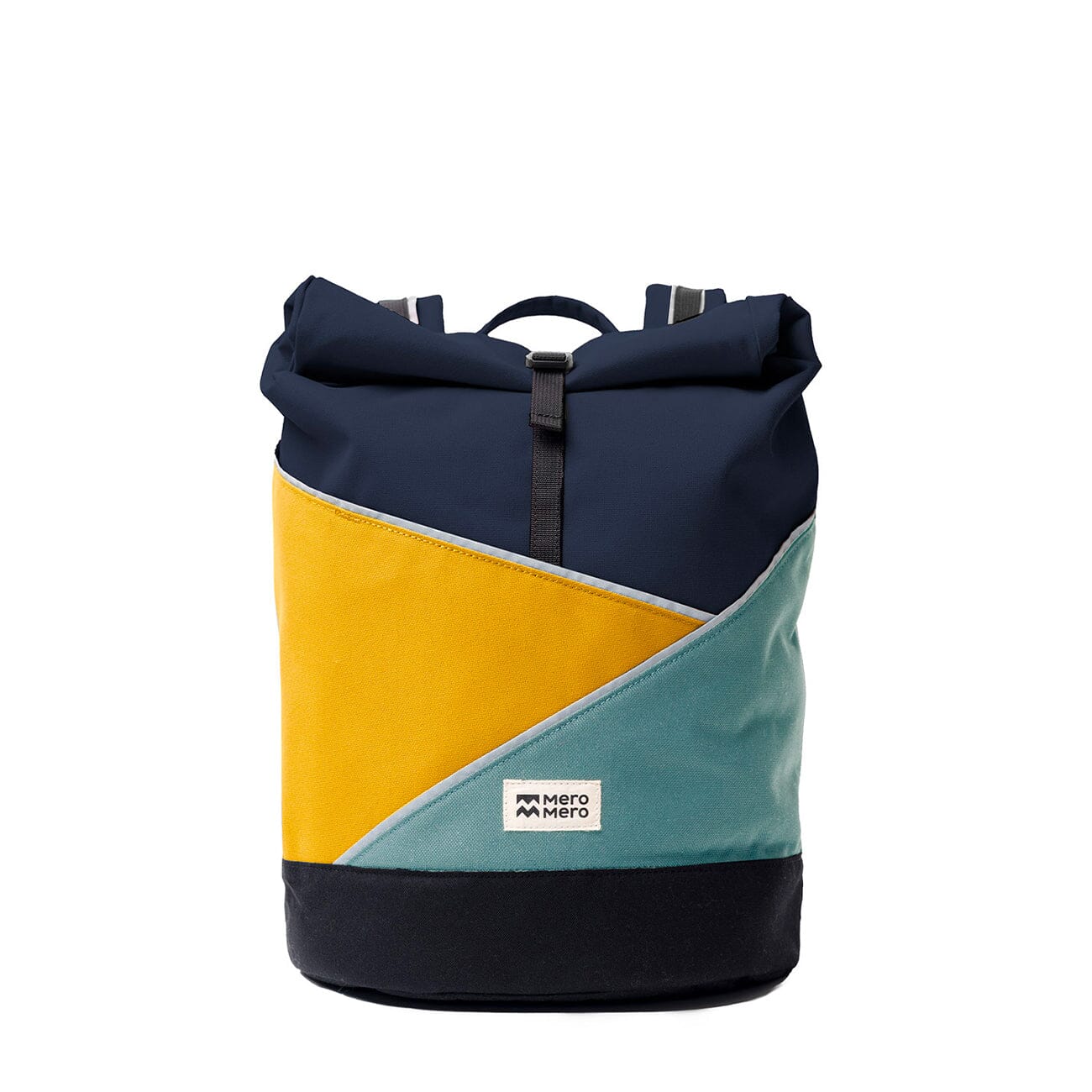


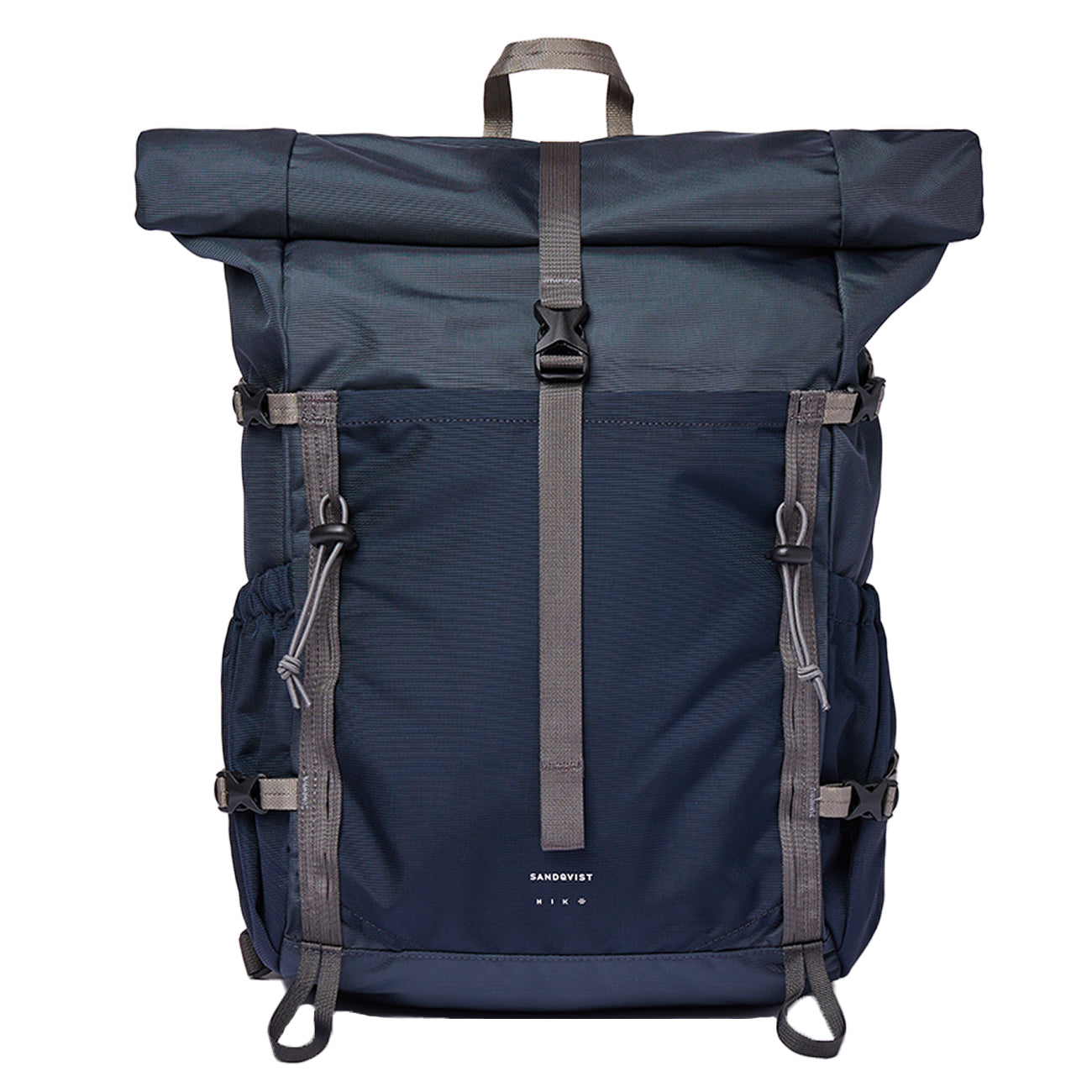

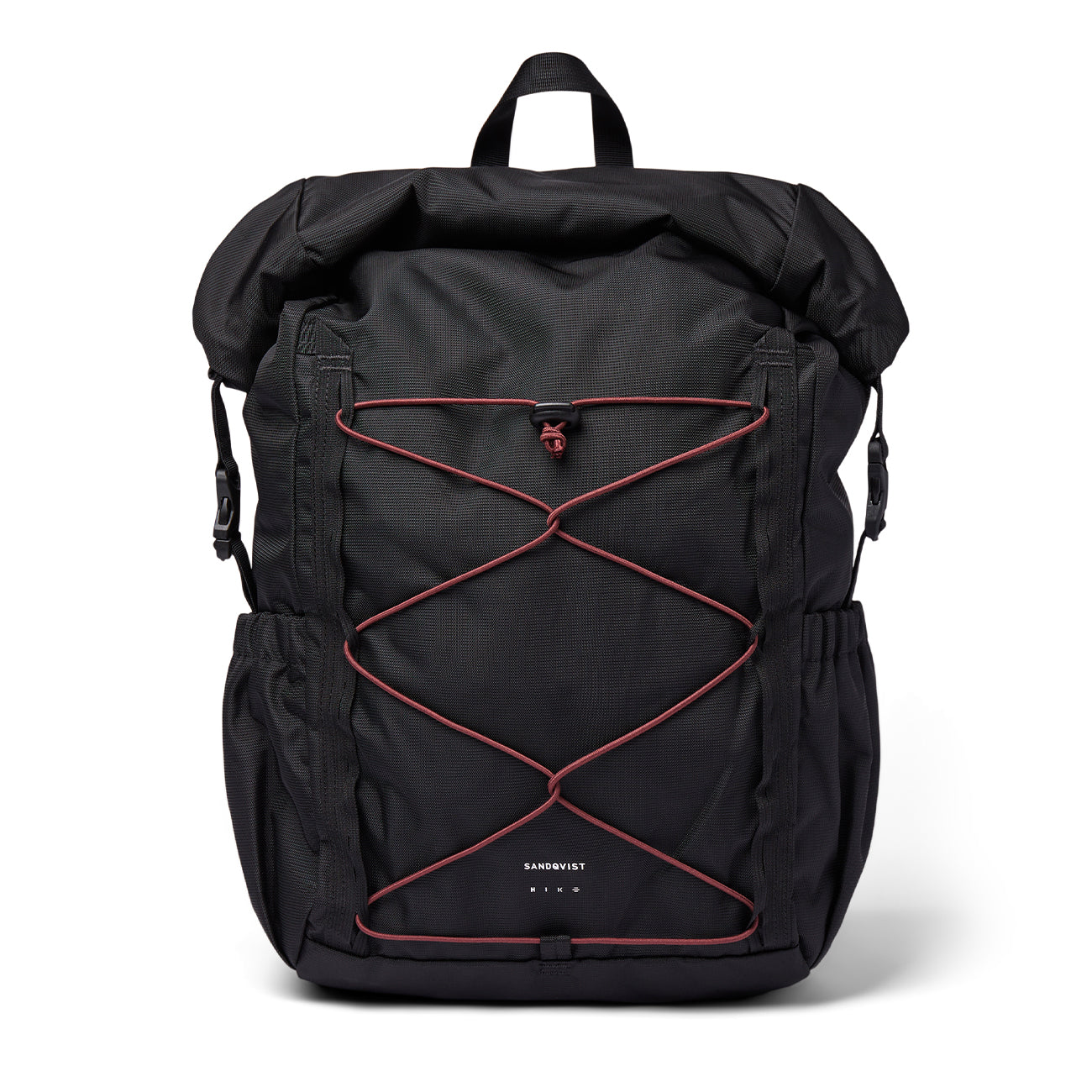
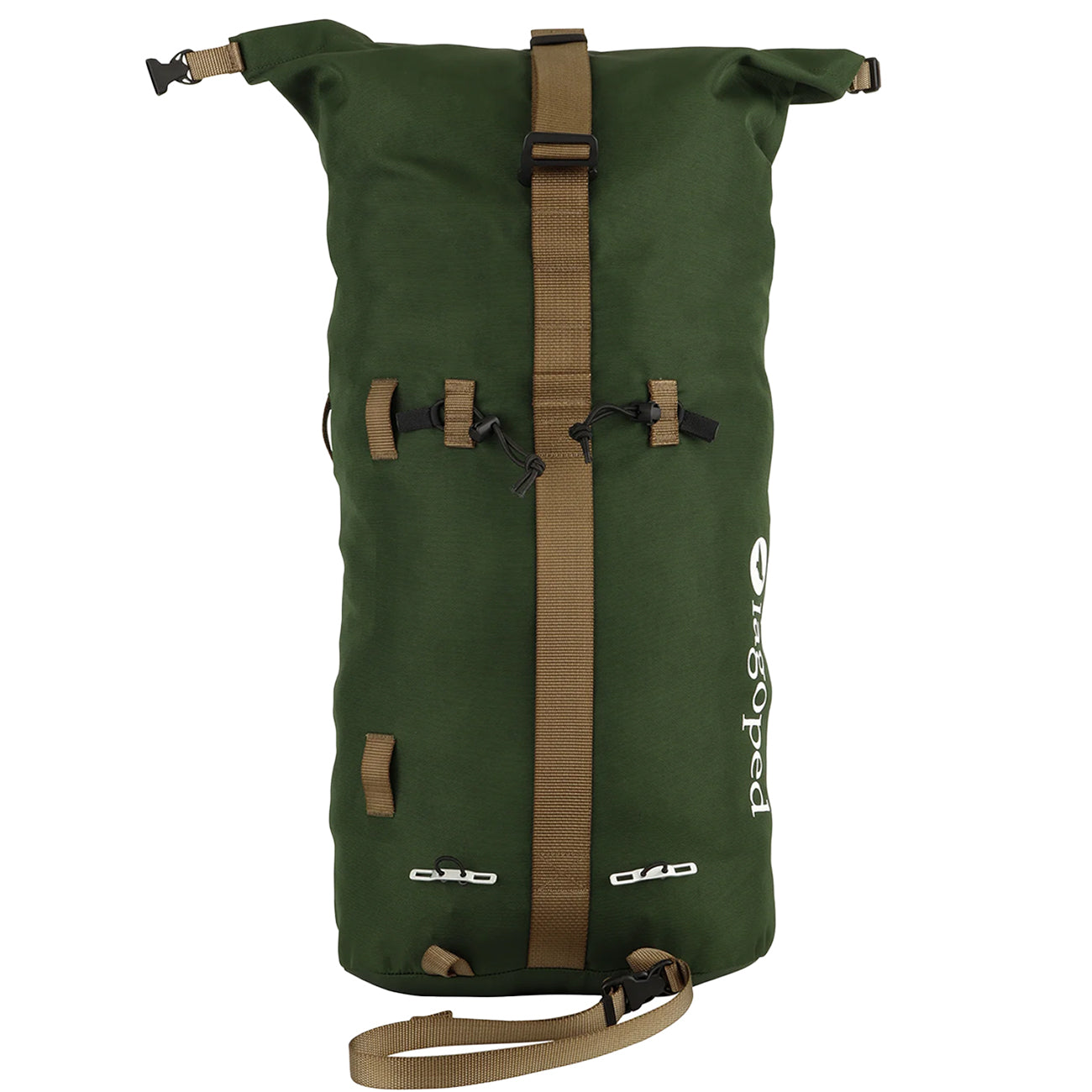
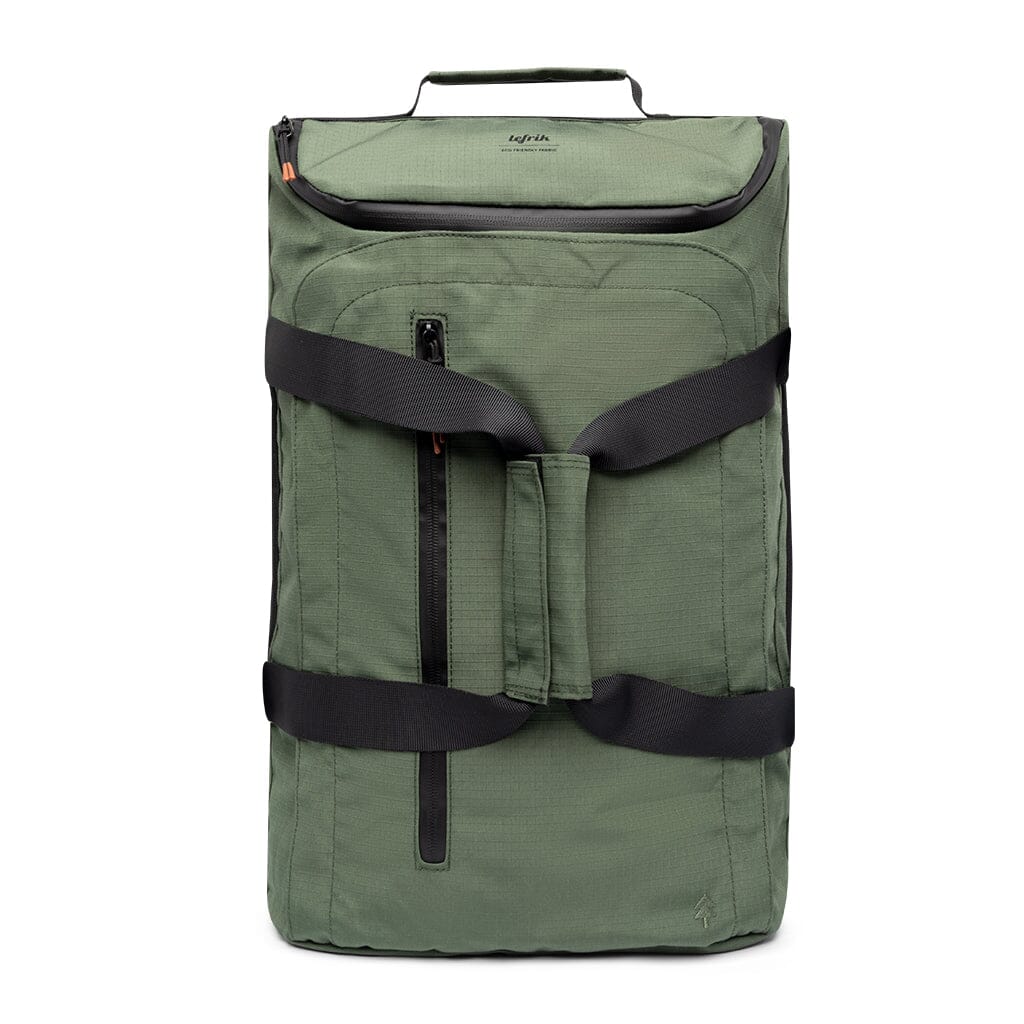
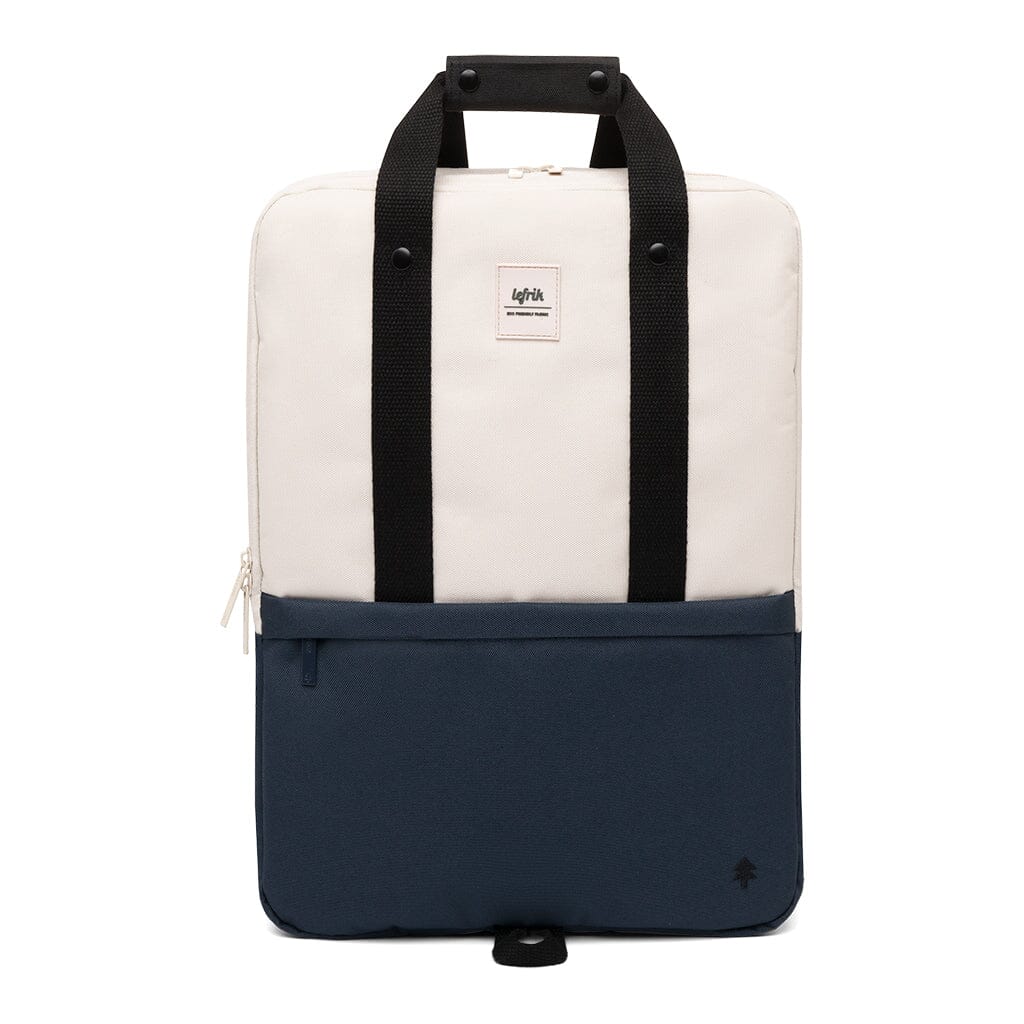
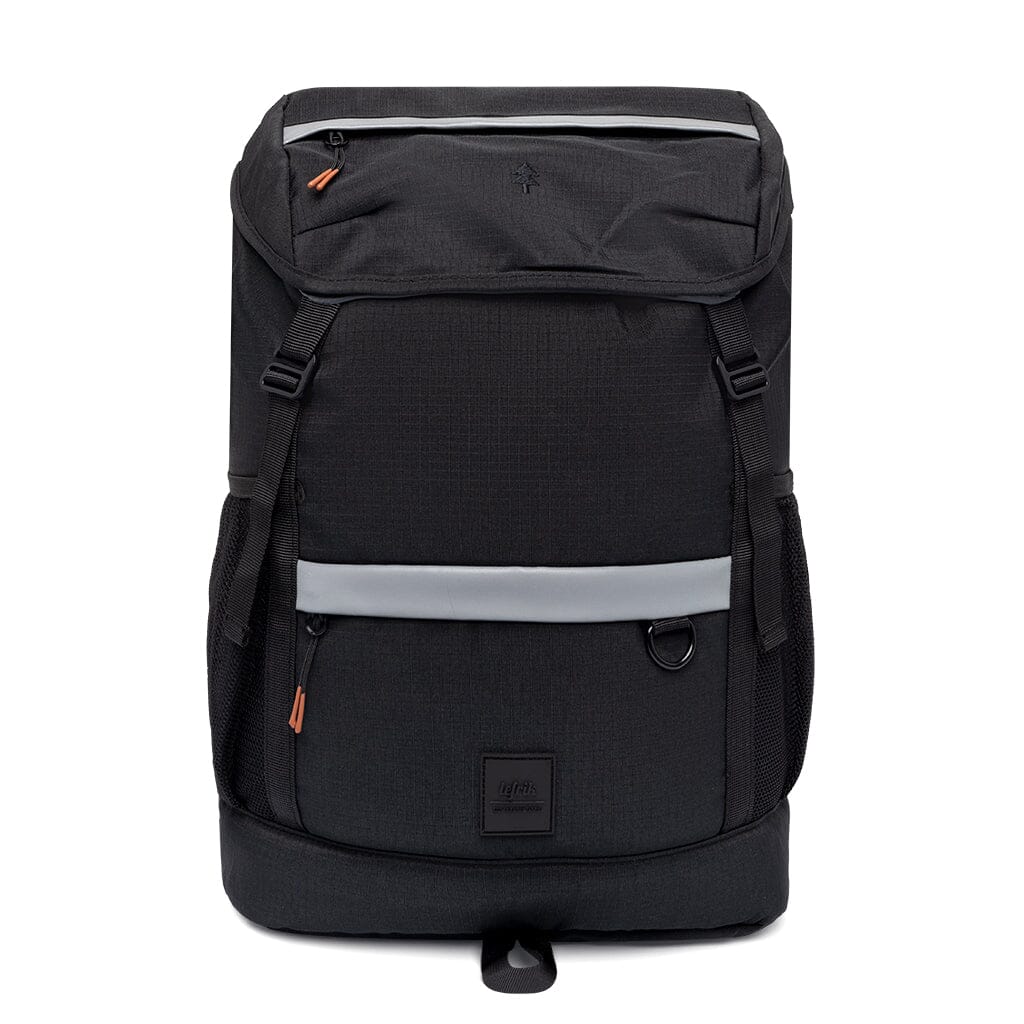
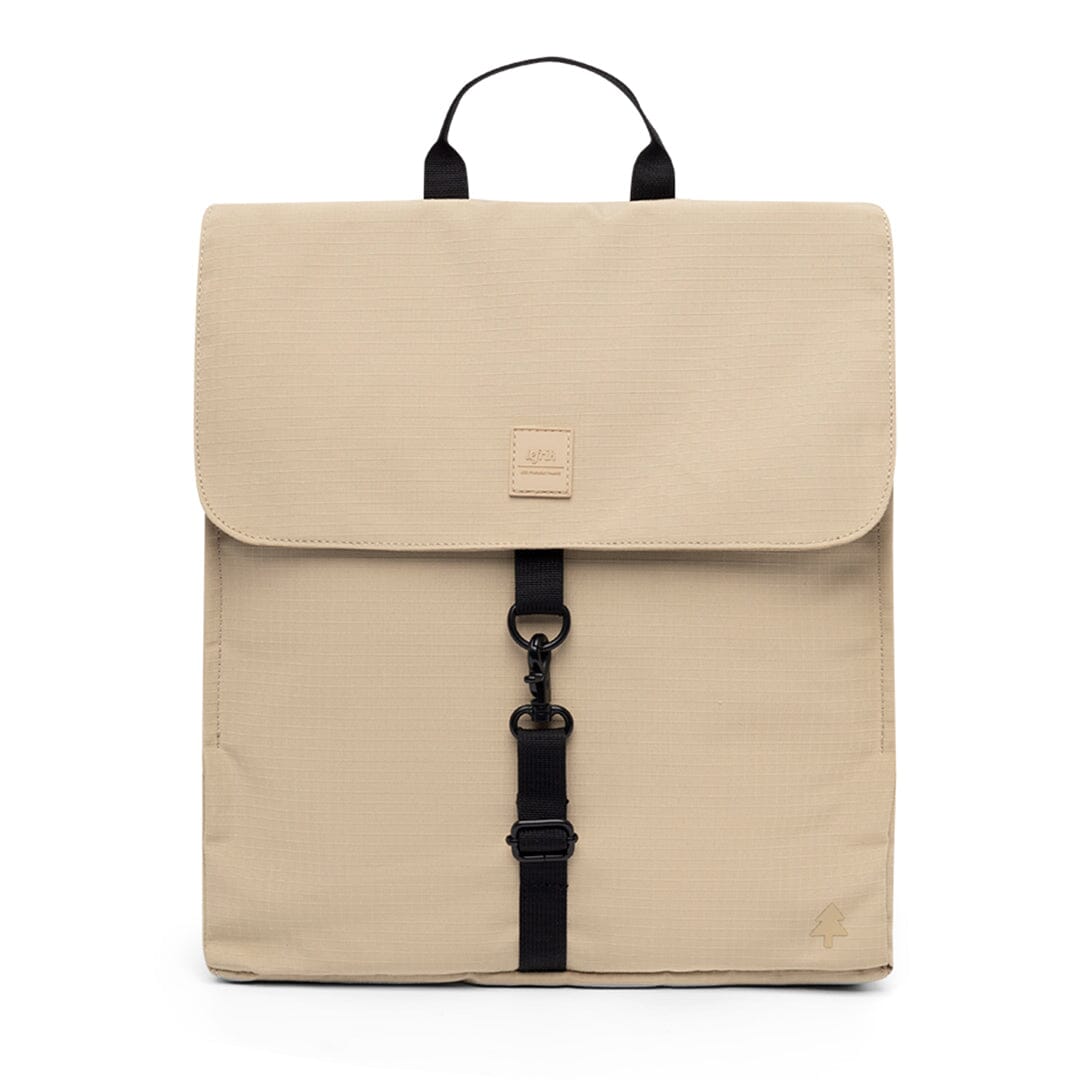













Leave a comment